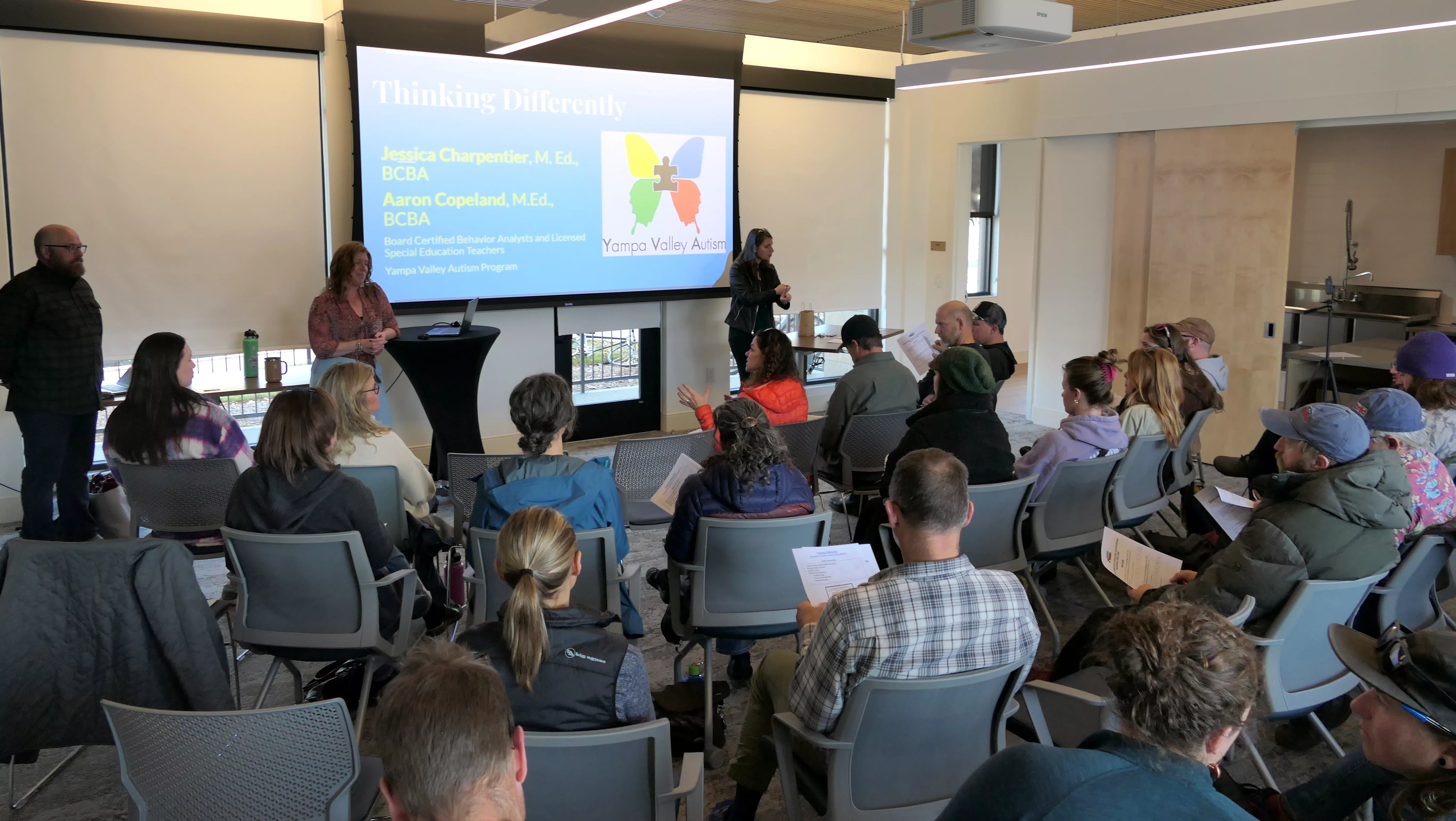
By Shannon Lukens.
Yampa Valley Autism invited community members and coaches to a seminar Wednesday called, “Thinking Differently: Disabilities, Acceptance, and Behavior Modification Strategies.” Those attending learned about how to work with and react to those with autism, ADHD, and Downs Syndrome.
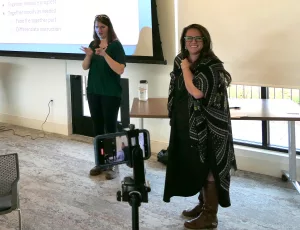
Heidi Mendisco is the Executive Director of Yampa Valley Autism.
“It’s important because these are our kids and this is our community. And to work together to be inclusive, everybody wants to be included.”
Yampa Valley Autism serves Routt and Moffat counties.
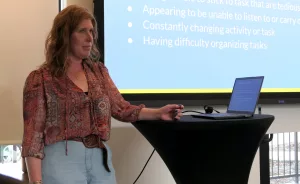
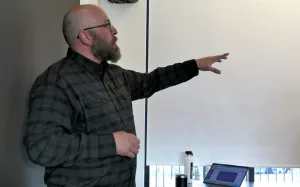
Speakers included Jessica Chapentier and Aaron Copeland. Both are Board Certified Behavior Analysts and Licensed Special Education Teachers.
They discussed how to obtain a greater understanding of specific ability types, characteristics, and strategies for those with autism, ADHD, and Downs Syndrome. They said these are general strategies that can be applied to any human being.
One suggestion was to speak in “Person First Language.” That means you talk about the person first and not the disability. This is important for children because they don’t always know they have a disability. Adults are sometimes preferring “Identity First Language.”
Other points made were how people with disabilities more than likely CAN’T do something as opposed to whether they WON’T do something.
Play to their strengths and raise a “strong, resilient kid.”
People with disabilities don’t always want help. They want to be able to do it themselves.
Autism Spectrum Disorder is now more inclusive as far as description.
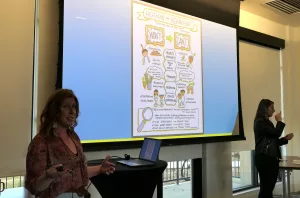
Strategies and Accommodations were discussed. Use visuals actively, such as a visual schedule, or maps. Do Frontloading, meaning tell the person what to expect or when it is going to happen. Give fewer choices, ideally only two. It makes the person feel confident. Humans will respond more positively when they know they have a choice. Keep language simple. Avoid sarcasm and overstimulation. Avoid idioms such as, “Take a chair,” or “Hit the road.” Teaching specific rules. And finally, seek to link work to a student’s interest.
Signs of Hyperactivity include fidgeting, squirming, impulsivity, interrupting others, having a difficult time waiting for a turn, blurting out, and not being able to concentrate on tasks.
STRENGTHS of those with ADHD, which stands for Attention-Deficite/Hyperactivity Disorder, include:
- Hyperfocus
- Big Picture Thinkers
- Persistence and Resilience
- A People Person
- Generosity and Empathy
- Ingenious Thinking
- Strong Sense of Fairness
- Willingness to take a risk
- Spontaneity
- Great Sense of Humor
- Engaging in Conversational Skills
- Compassion
- Contagious Motivation, especially if paired with their interests
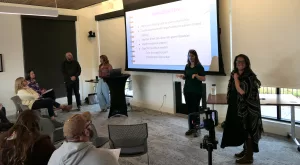
Here’s more on what works for those with Autism, ADHD, and Down Syndrome, from Heidi Mendisco with Yampa Valley Autism.